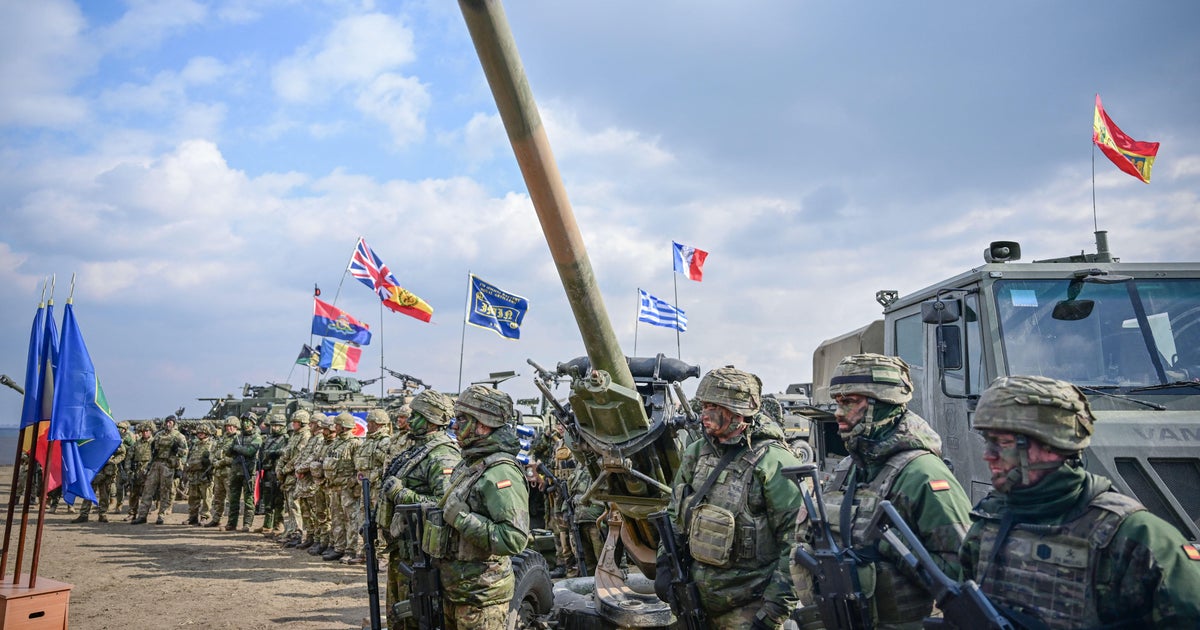Kim Jong Un is upgrading North Korea's pop culture
Pyongyang, North Korea -- North Korean pop culture, long dismissed by critics as a kitschy throwback to the dark days of Stalinism, is getting a major upgrade under leader Kim Jong Un. The changes are being seen in everything from television dramas and animation programs to the variety and packaging of consumer goods, which have improved significantly under Kim.
Whether it's a defensive attempt to keep up with South Korea or an indication that Kim is willing to embrace aspects of Western consumer culture that his predecessors might have viewed as suspiciously bourgeois isn't clear.
Kim Kyong Hui of the Ryuwon Shoe Factory told The Associated Press that, "the respected leader Kim Jong Un has instructed us to closely study shoes from all over the world and learn from their example", pointing to a pair of flame-red high-top basketball shoes.
North Korea remains one of the most insular countries in the world. Change comes cautiously and anyone who openly criticizes the government or leadership or is seen as a threat can expect severe repercussions.
But there appears to be more of a willingness under Kim to experiment around some of the edges.
Television: The big upgrade
The most visible upgrades are on television and its normal menu of propaganda programs and documentaries in praise of the leaders.
Viewers of the main state-run TV network are now stopping their routines to watch the latest episodes of "The Wild Ginseng Gatherers of the Imjin War," a historical drama set in the late 16th century, when Korea was struggling against a Japanese invasion.
The anti-Japan, nationalistic theme is nothing new. A similar theme was used for Kim Jong Un's first big contribution to the television lineup, an animated series reviving a popular comic from his father's era called "The Boy General" that made its debut in 2015.
The animation, set in the Koguryo period when Korea was fighting off Chinese incursions, was such a hit that people would stop whatever they were doing to watch it.
What the TV drama, first aired last July, and the Boy General animation share that's new is their high production values and nationalism.
The improvements include more compelling acting, more engaging plots and even more elaborate costumes than previous projects.
The Boy General, meanwhile, makes skilful use of computer effects and is visually on par with some of the best animation in the world.
The improvements reflect awareness within Kim's regime that the North Korean public is increasingly familiar with foreign pop culture despite severe restrictions that make it impossible for most to travel abroad or freely experience foreign movies, music or books.
Fascination with the forbidden
That familiarity is particularly true of the North Korean elite, who are accustomed to seeing brand name products from Dior to Sony on the shelves of upscale stores in Pyongyang, the capital.
Watching South Korean movies or listening to South Korean music is illegal. Even so, a lot makes its way over the border and, even for those who would never dream of taking that risk, the officially approved cultural fare isn't entirely void of foreign treats.
Bollywood films are popular in state-run cinemas. A popular choice was 2009's "Three Idiots" with Aamir Khan, which was recently shown in a cinema just across the street from Kim Il Sung Square.
North Korea's educational channel regularly features long clips from foreign documentaries, and dog-eared Harry Potter books are among the most popular items at the People's Grand Study House, North Korea's biggest library.
Geoffrey See, the founder of the Choson Exchange, a Singapore-based non-profit that supports change in North Korea through exposure with the outside; "North Korea's approach to the influx of foreign media has been to 'modernize' media production to provide an attractive and competitive product that caters to younger generations for whom older productions are no longer attractive."
Kim upgrades the pop scene
Kim's first attempt to update the pop culture scene started almost as soon as he assumed power in late 2011 with the creation of the Moranbong Band, an ensemble of female vocalists and musicians who are the "soft face" of his regime.
Although the members all belong to the Korean People's Army, they are known for performing in miniskirts and wearing their hair fashionably short.
They have released dozens of songs, all of which get lots of exposure through concert tours, DVDs and airtime on television.
In February last year, North Korea sent some of its top musicians, including a female quintet that performed in black shorts and red tops, south of the Demilitarized Zone to perform during South Korea's Pyeongchang Winter Olympics.
Two months later, Kim was in the audience as the South Korean girl group Red Velvet put on what is believed to be the first real K-pop show ever held in Pyongyang.
The North Korean act that performed in South Korea was so well received that Kim sent them to Beijing last month for another goodwill tour.
Still, military orchestras and classically trained vocalists who perform in traditional "Choson-ot" gowns remain the mainstay of the Pyongyang musical scene.
The girl band's performance in Beijing was backed up by the state's military chorus and orchestra, all in full uniform.
More importantly, there has been no effort to delink the arts from politics and it doesn't look like Kim has any plans for this to change.
When the musical group returned to Pyongyang, Kim urged them to continue to "conduct original artistic activities pulsating with the party's ideology" and act "courageously as mouthpieces of the party," according to state media.
President Donald Trump is set to meet Kim for what will be their second round of talks in Vietnam mid February. Vice President, Mike Pence, said last week that he believes there's "no question" the U.S. was headed toward a confrontation with North Korea before President Trump took office.





